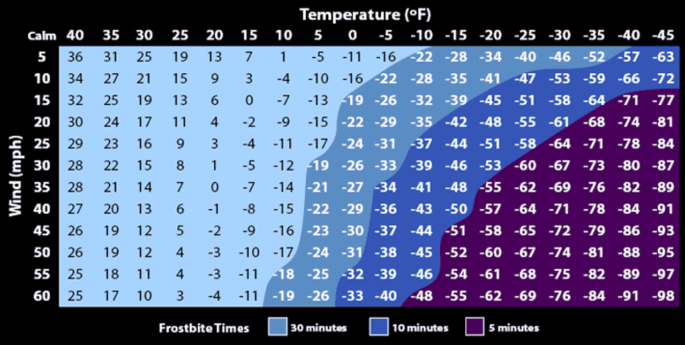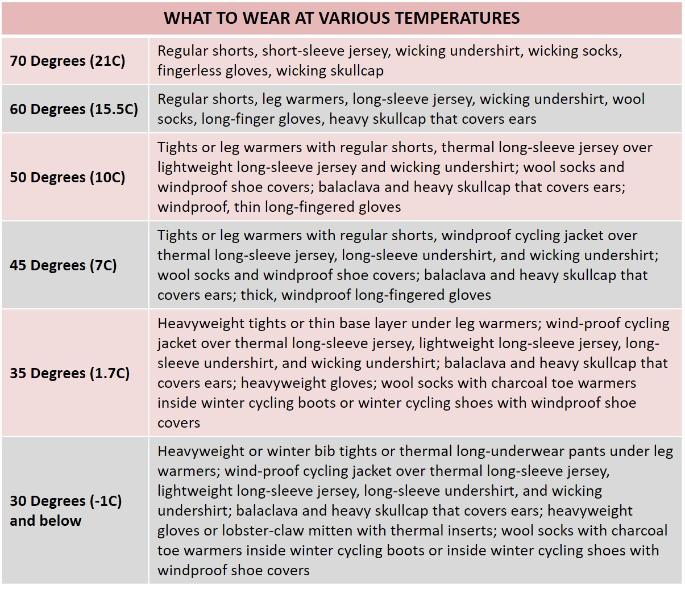Tip #21: How do you stay active during the winter?
Obesity levels for the senior population in the U.S. are now over 40 percent. If you are a former high school/college/post-college athlete who has been on the couch for the past 20-30+ years, this series of twice-monthly (1st and 15th of the month) tips will show you how to resume an active lifestyle.
Fortunately, numerous studies have confirmed that it is never too late to resume an active lifestyle. I will show you how to reduce your fitness age, a more reliable indicator of longevity than your BMI, by 20+ years over the next 12-24 months. You will definitely be healthier, happier, and an inspiration for your family, friends, and colleagues. What’s better than that?
How do you stay active during the winter?
- Join a gym or health club.
- Swim.
- Ice skating.
- Walk at the mall.
- Try a fitness class.
- Exercise at home.
- Go outside when you can.
- Take the stairs.
- Play some indoor sports.
- Play some winter sports.
- Play outside with your kids.
How do you keep up with your healthy routine and stay motivated? For cyclists, there are really only two options: exercise at home (virtual indoor cycling) or go outdoors when you can (outdoor cycling).
Virtual indoor cycling has expanded significantly over the past several years. Online platforms, such as Zwift, BKOOL, Rouvy, and FulGaz, have created virtual versions of a broad range of cycling events, from one-hour spin classes to stages of the Tour de France.
For the most immersive experience, consider buying a smart trainer that will mimic the actual changes in elevation of the course by increasing/decreasing pedaling resistance. So, on the days when outdoor weather conditions are too cold or your local bike trails are only suitable for cross-country skiing, you will not miss a single workout.
So, how cold is too cold for an outdoor ride during the winter? Typically, any temperature below 30 degrees (-1C) is “really cold.” But, don’t forget to check the wind chill. Cycling creates its own “wind chill” factor that is not apparent during warm weather, but can become a serious matter when the air temperature drops below freezing (32F/0C). The combination of these two wind chills can drop the temperature enough to put you in danger of frostbite in a matter of minutes.

This does not mean that you cannot ride outdoors during the winter months at all. The key to cycling outdoors is layering a windproof/thermal outer layer and gradually lighter-weight layers underneath on your core and extremities as the temperatures drop. Use the following chart as a guide.

What have I learned?
Last year, I logged 1,034.40 miles in 71 workouts between Saturday, December 21, 2019, and Thursday, March 19, 2020. The ratio was 81 percent indoor workouts and 19 percent outdoor rides. Notable outdoor rides:
- Saturday, January 4, 2020: 32F + wind from NW 7-17 mph = wind chill of 26F. Aborted after 65 minutes.
- Saturday, February 1, 2020: 37F + wind from WSW 14 mph = wind chill of 28F. Completed 2 hour 4 minute workout.
- Saturday, March 14, 2020: 32F + wind from SSE 8-10 mph = wind chill of 25F. Completed 2 hour workout.
- Saturday, March 21, 2020: 26F + wind from SSE 10-15 mph = wind chill of 17F. Completed 1 hour 56 minute workout.
Lastly, if you return home from a winter outdoor ride and you cannot feel your toes or fingers due to the cold, immediately soak them in a tub of COOL (not cold, warm, or hot) water for 20 minutes. This will restore the feeling and prevent any nerve or tissue damage.
Any questions?
Tip #22 Preview: How healthy do you really want to be?
